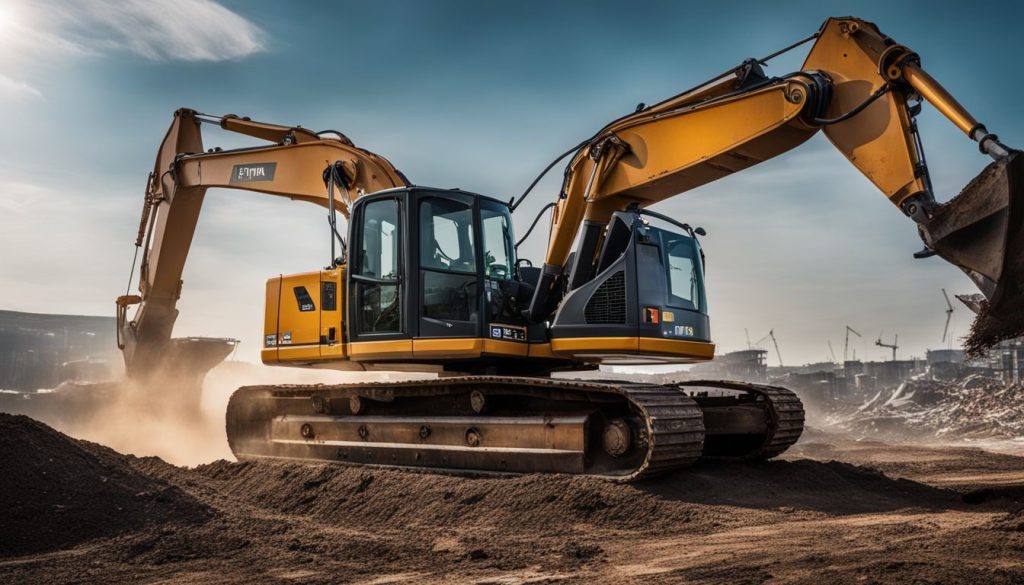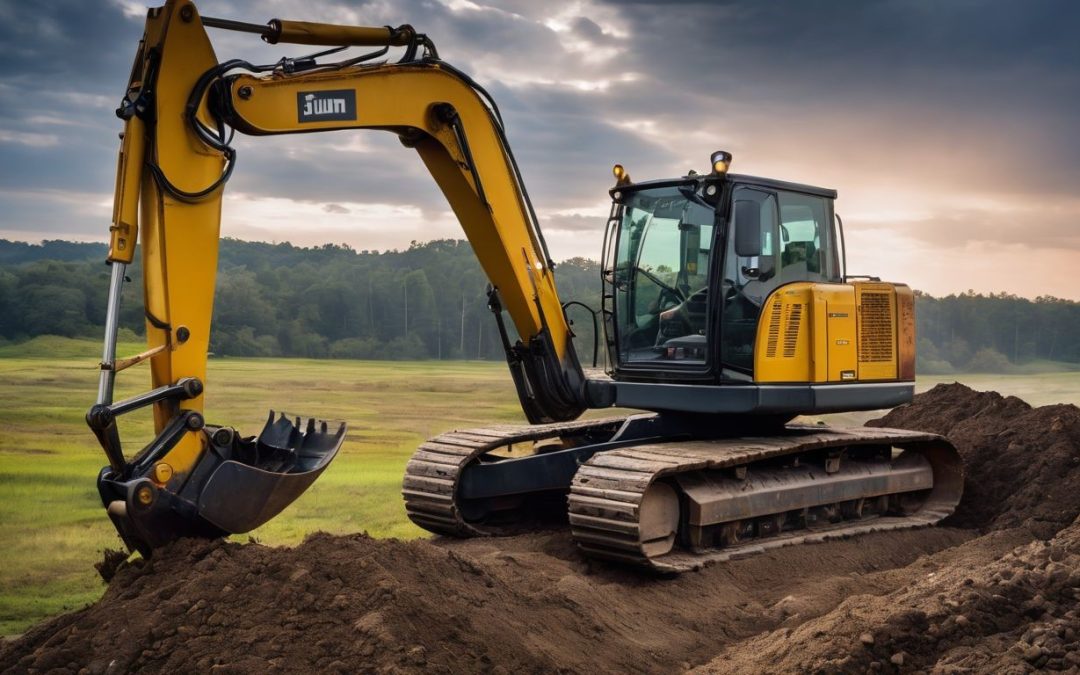Have you ever found yourself gazing out over a stretch of land, your imagination running wild with the possibilities of what it could become? It’s a familiar scene for many who dream about bringing their visions to life from the ground up.
But how much time will it take before that plot is ready to bear the weight of your aspirations? That’s where we come in, rolling up our sleeves and diving into details that demystify excavation timelines.
With insights straight from the experts at Premier Earth Shaping, this article promises not just cold hard facts but also a guiding hand through the dirt and grit of site preparation.
Keep reading as we embark on this journey together—no need to bring a shovel; we’ve got you covered!
Factors Influencing the Duration of Excavation
Ever felt like digging into a project can be, well, quite the undertaking? When we take on an excavation job, it’s not just about shoveling dirt – a whole host of elements come into play.
Think about it: every little thing from the stubbornness of the soil to the mood swings of Mother Nature has a say in how long we’ll be out there making our own mini-canyon.
Size and depth of the project
Digging a big hole or trench takes more time than making a small one. Picture this – you’re planning for a swimming pool in your backyard, that’s going to need some serious digging compared to planting a few new trees.
Bigger projects mean more dirt to move, and the deeper you go, the harder it gets.
We’ve seen basements that are just like another whole house under the ground! Now, imagine all the earth we have to scoop out for something like that. It can feel like quite an adventure involving heavy equipment and careful planning; but hey, it’s what we do at Premier Earth Shaping.
We pride ourselves on doing these tough jobs well because they lay the foundation—literally—for everything else that follows in building your dream space.
Soil type and condition
So, we’ve talked about how the size and depth of your project can change the time it takes to dig. Now, let’s chat about something just as important: what’s under your feet—yep, I’m talking soil! You see, different kinds of dirt can make our job easy or tough.
If it’s soft and loose, we’ll breeze right through. But when we hit clay or rock? That’s when things get tricky.
At Premier Earth Shaping (yes, that’s us!), we’re experts in dealing with all sorts of ground stuff—from sand to stone—and we know exactly how to handle them for quick and efficient work.
No matter if you’ve got a garden needing attention or you’re looking at some serious land clearing for your dream home—we’ve got the right tools and know-how to get through any kind of muck or mud without a fuss.
Trust us; good old Mother Nature keeps us on our toes with her surprises underground!
Weather conditions
Just as the type of soil can make a big difference, the weather plays a big role too. Think about it—you wouldn’t want to dig into your backyard for a new pool when it’s pouring rain, right? Rain and snow can really slow things down because they turn everything mushy and unstable.
This means excavators have to be extra careful not to mess up the site or put anyone in danger.
On super hot days, we’ve got another challenge—making sure everyone stays safe and doesn’t get too tired or sick from the heat. We always keep an eye on the weather forecast so that we can plan better.
Sometimes, this means starting earlier in the day to miss that afternoon scorcher or even rescheduling if we see a storm is coming our way. And if Mother Nature throws us a curveball? Well, then it’s time for Plan B with special gear and safety steps to keep going despite what’s happening overhead.

Typical Timeline for an Excavation Project
Excavating a piece of land can take different amounts of time. It really depends on what needs to be done. A small job, like digging for a new garden, might only need a day or two.
Bigger projects, such as preparing for a house or another large building, could take several weeks.
We always make sure we have the right equipment to get the work done fast and well. Before we start, we check for utility lines to keep everyone safe and avoid delays. Even things like finding the best way to move dirt around can help us finish quicker without cutting corners on quality.
If you’re curious about how long your own project might take, just reach out – we love giving free estimates!
How to Speed Up the Excavation Process
So, you want to make the digging go faster? Let’s roll up our sleeves and get to it! Good planning is key. We always double-check for utility lines before starting—no one wants a surprise burst pipe.
It helps to clear the area of things like garden furniture or toys too.
Now, let’s talk machines. Using top-notch diggers can cut down time like magic. Plus, having extra hands on deck means we can do different tasks at once.
And about the weather – oh boy, it can be a real pain. But don’t worry; we keep an eye out for forecasts to dodge any rain delays.
Lastly, let’s not forget good old teamwork. Our crew works together smoother than peanut butter—it speeds things up and keeps everyone safe.
There you have it! Quick tips from us pros who love playing in the dirt (well…professionally speaking).
Conclusion
Alright, let’s wrap this up! Digging into the dirt takes time and it really depends on a bunch of stuff. Think about how big the job is, what kind of ground you’ve got, and even if the weather wants to play nice.
But hey, with good planning and maybe some extra hands or better tools, that dirt will be moving faster than you thought! Just remember, every spot is different and patience pays off when shaping your slice of earth.
Keep at it!





